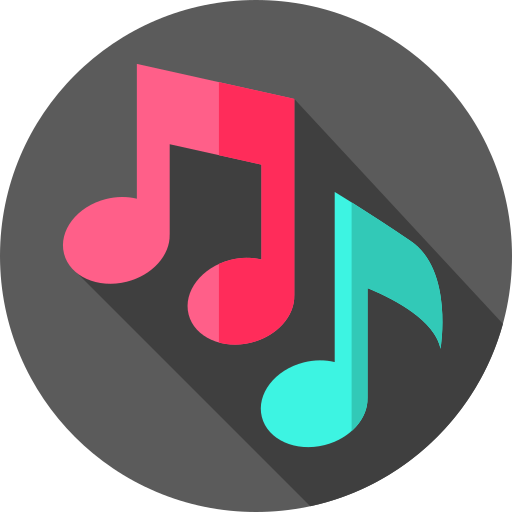- cross-posted to:
- musictheory@lemmy.world
- cross-posted to:
- musictheory@lemmy.world
Hey.
Maybe you will like it.
I apologize for reposting it from another service; my account there had been limited for some time after registration, resulting, i believe, in my post not reaching people who had subscribed to its tags; and i suppose it is not wrong to want to reach some people once one has decided to post something in the first place. Anyway, sorry about that.
Thank you.
Edit: updated url.



I see this comment has been upvoted.
Really, it is just a keyboard with an extra dimension. (The ‘circle of sevenths’ follows, on the chart diagonally through the whole, the pattern of b&w keys on a standard keyboard; i marked it with the small raised b&w bullets.)
The keyboard app i made it for – the newest fork / release of it, at least – supports chords, as well as playing triads with a single tap, if you tap a vertex within a configurable distance.
The rest is just, well, knowing the stuff you want to play. (I made the chart so that it helps me with this part.) The intervals and degrees are marked.
Here are the links to the libre apps’ binaries:
https://github.com/lrq3000/hexiano/releases/tag/v1.0.2
https://apkpure.com/designoverlay/com.ms_square.android.design.overlay/download (Github page has no releases; can’t vouch for this site, disabled internet permission for this download myself)
Edit: i suppose my point is, it is literally not any harder than the regular keyboard to play. Because the ‘circle of sevenths’ and ‘the circle of seconds’
literallyare the standard keyboard in the first place.Even if my markings were all confusing, which would be fair to say, they would still at most result in a standard keyboard with, well, an added piece of graffiti on top of it. You can just ignore them.
Left/right is semitones, up/down is fifths.
Edit: i got confused there for a second. My words weren’t wrong, as such, and the chart is correct; the diagonal line indeed represents the standard keyboard layout. But for a moment, here in the thread, i thought / replied as if it were a direct one, eg. in steps of semitones. Of course it is not so; that line is in steps of sevenths, which i briefly forgot of.
But still, my point stands that the underlying keyboard is very simple. It just goes left to right, then wraps around bottom to top, intuitively. On the very bottom and the very top of it, you can see black boundaries of the standard 88 key piano range.